
When we think of sharks, most of us think of dominating ocean predators. This means that as long as we’re not in the ocean, we’re safe, right? Think again: a select few shark species have decided to expand their habitat into many of America’s waterways.
Examples like the bull shark have adapted to suit both saltwater and freshwater environments, allowing them to swim far inland via rivers. Some of these shark species have been spotted thousands of miles from the ocean in the unlikeliest of places.
Although they have been spotted, encounters with humans are still typically rare, and most rivers in the United States are safe from sharks. However, if you’re still wondering which to avoid, here are the most shark-infested rivers in the U.S.
The Mississippi River
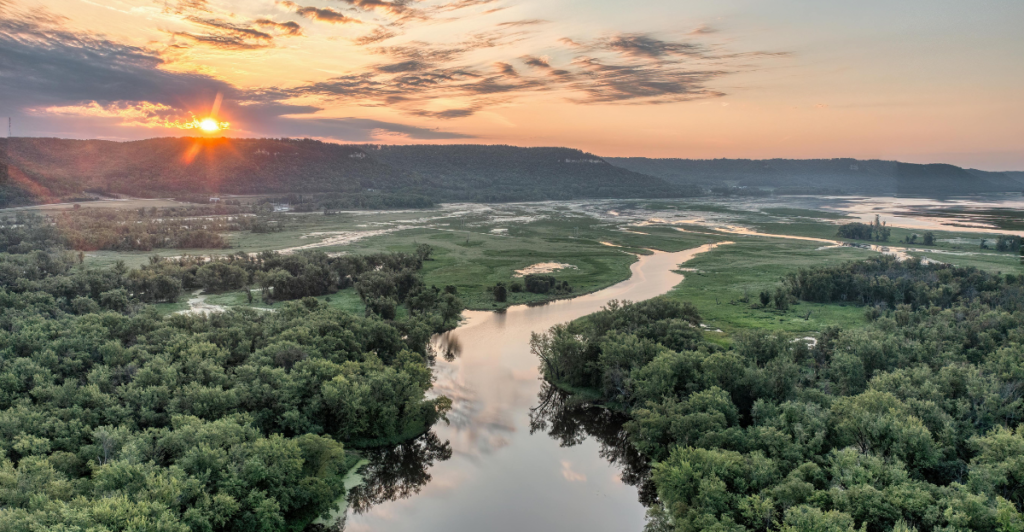
The Mississippi River is a stand-out when it comes to sharks living in freshwater environments. The river system is the most notorious for being infested with bull sharks, with specimens being found extremely far from the ocean borders.
According to Smithsonian Magazine, bull sharks have been found as far north as Alton, Illinois, which is over a thousand miles from the Gulf of Mexico. Sightings and two notable incidents happened in the 1930s and the 1990s. These incidents occurred near St. Louis and have been verified by researchers.
The bull shark can navigate freshwater environments for miles thanks to its unique adaptations. The Mississippi offers plenty of prey for the sharks to sustain themselves on as they keep roaming further inland.
Altamaha River
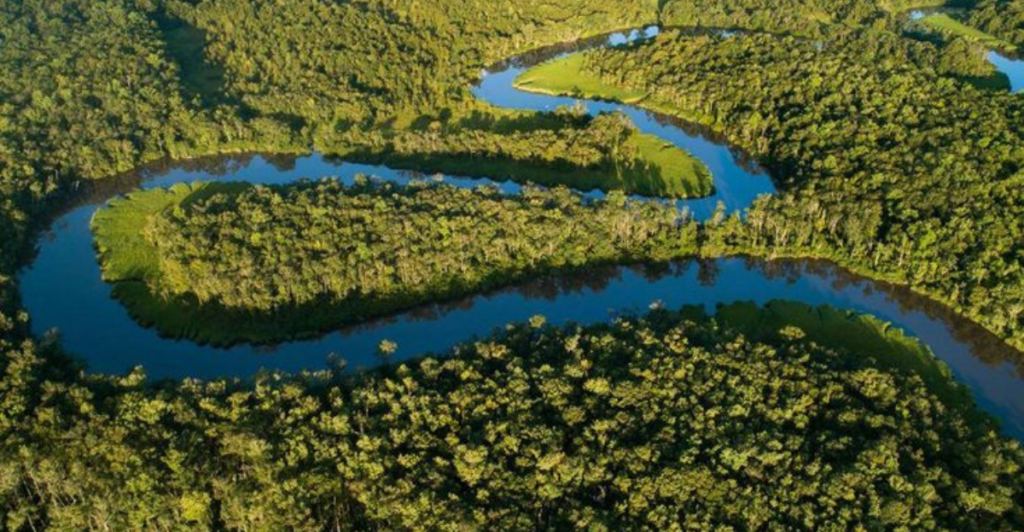
The Altamaha River in Georgia is famous for its natural beauty and supporting rich biodiversity. However, it is also home to a surprising predator, the bull shark.
The Georgia Department of Natural Resources cites that bull sharks have been sighted and recorded venturing into the river system and heading far upstream thanks to the brackish waters making an ideal environment for them.
While other sharks are confined to coastal and oceanic waters, the bull shark can venture deep inland on a whim, which is possibly influenced by prey availability, and breeding seasons. Their inland journey is a testament to their prehistoric adaptation and survival traits. Bull sharks have been spotted in the river by researchers and locals.
Potomac River
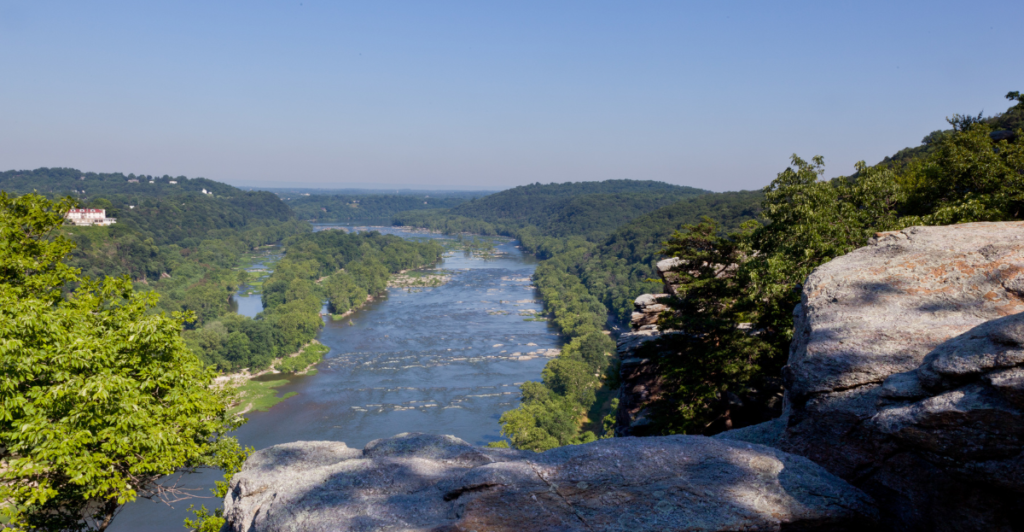
The Potomac river runs through Washington D.C., and has a long and rich history, not often associated with marine predators. However, bull sharks have been reported the U.S. Geological Survey in the river in the past, miles from any ocean source. This has surprised locals and stirred scientists as they try to explain it.
The river is significantly far from any ocean source, making shark discoveries all the more extraordinary. Research has shown that sharks may use the Potomac River as a nursery or refuge from dangerous oceanic threats, showing that it is adapting to its environment.
Bull sharks can modify the way their kidneys work in order to survive in different salinity levels.
Trinity River
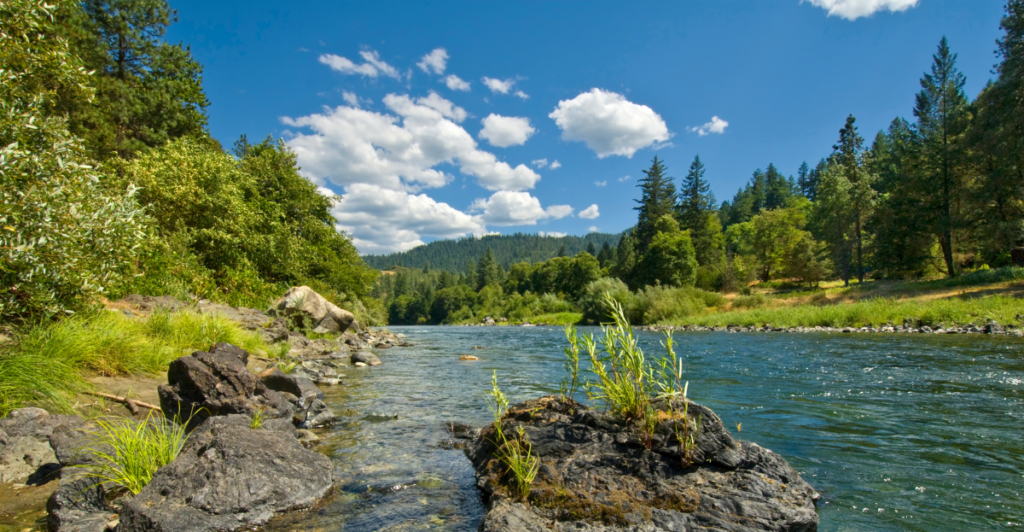
The Trinity River winds through urban Texas, and would be an unlikely place for residents to spot sharks. However, although it is extremely rare, bull sharks have been documented being miles inland. The bull sharks take advantage of the close proximity to the Gulf of Mexico.
The bull shark seems to move through saltwater and freshwater environments interchangeably, and chooses where to go based on which environment is more likely to aid in their survival. In 2006, a man caught a bull shark in the Trinity River, underneath the Lake Livingston Dam.
This case highlights the sharks’ ability to be found even in urban environments. Human development and natural habitats have a long history of intersection, and it is no exception here.
St. Johns River
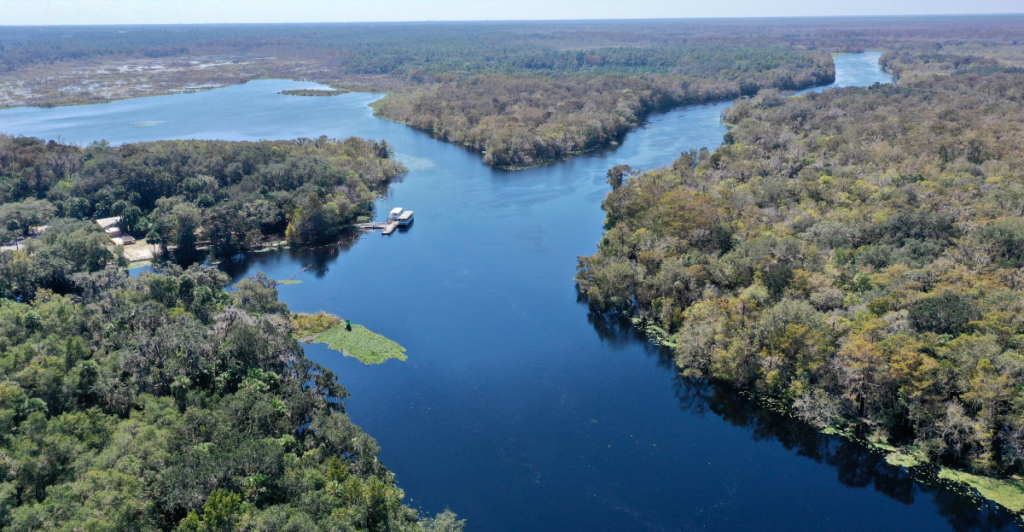
The St. Johns River is a unique case because it flows northward for more than 300 miles. This creates a brackish environment (salinity levels between freshwater and saltwater), and the perfect domain for animals adapted to these conditions, including the bull shark.
Bull sharks have been sighted moving deep inland via the St. Johns River and have sometimes been seen more than 100 miles from the Atlantic Ocean, according to the Florida Fish and Wildlife Conservation Commission.
The river has a slow current and warm temperatures, which makes it ideal for bull sharks to hunt and breed. This highlights the ecological complexity of Florda’s waterways and adds an element of caution and intrigue to local fishermen and boaters.
Cape Fear River
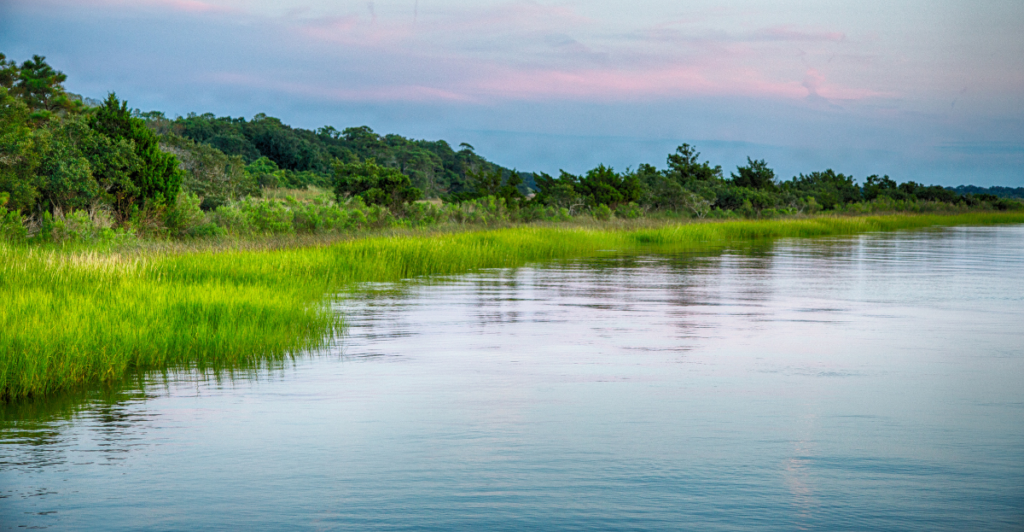
North Carolina is home to the Cape Fear River, which has an intimidating name, and the fact that bull sharks inhabit it doesn’t help its reputation. Bull sharks call the river home as documented by the North Carolina Division of Marine Fisheries.
The river system is host to a thriving local fish population, which the bull sharks take advantage of. The river has become a hunting grounds for the shark species. Conservationists are concerned about the impact they may have on the local ecosystems and fishery dynamics.
Researchers are studying the river system, how sharks adapt to freshwater, and how it could affect the endemic populations of fish. Currently, bull sharks are too rare in the river system to cause a huge impact, but if their numbers grow, it could cause a bigger problem.
Neuse River
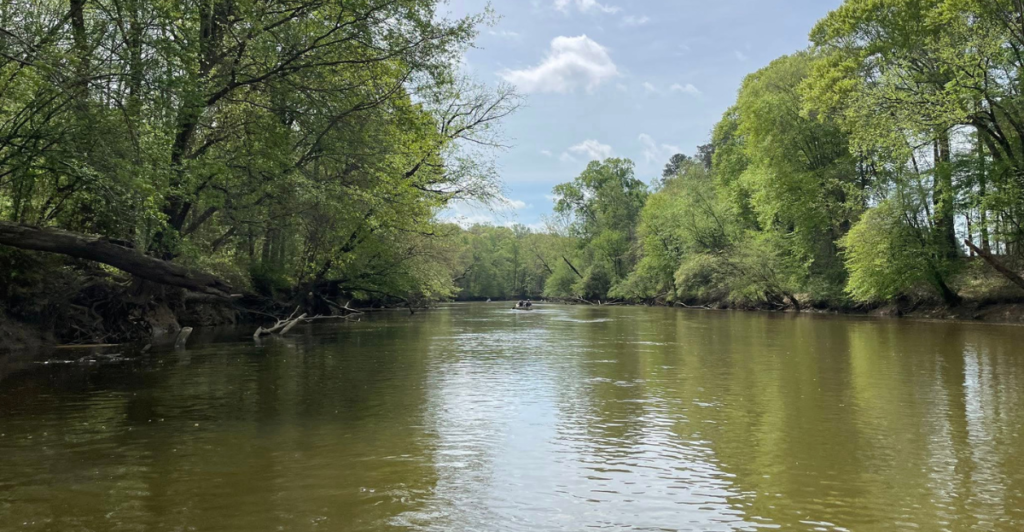
The Neuse River in North Carolina is a great model for researchers to study bull shark behavior in freshwater environments. Researchers from Duke University in 2011 captured and tagged a few bull sharks in the river.
This confirmed their presence was growing in the river and that they use it seasonally. They may follow their prey as they migrate or use the river as nurseries when their population needs to breed.
The river has played an important role in studying bull sharks in freshwater rivers and understanding how factors like salinity levels, temperature, and prey influence their behavior. Bull sharks are one of the only shark species with these unique adaptations that make for crucial research.
Sacramento River
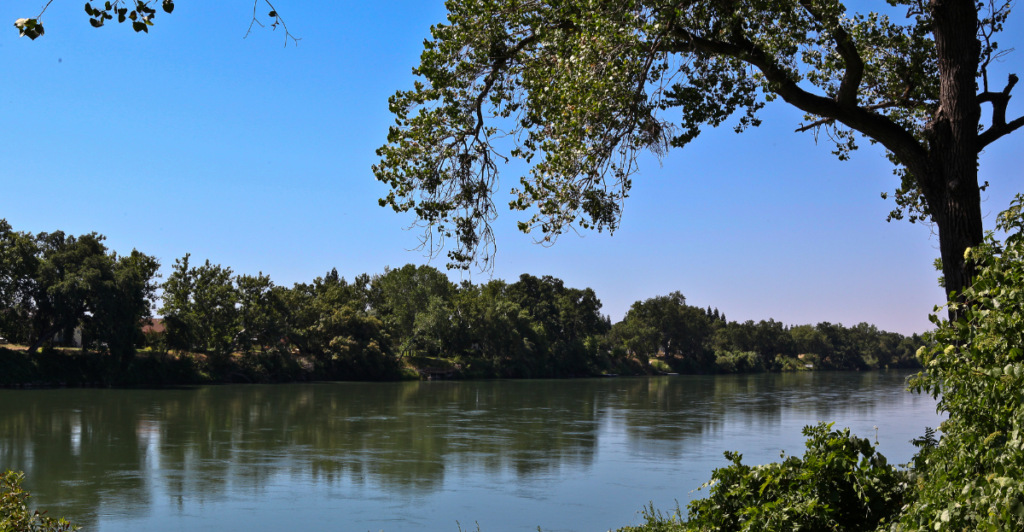
The Sacramento River runs through California and is famous for its salmon population and numerous recreation opportunities. However, the river has other guests in the waters – bull sharks. They have been documented far from the ocean, according to local news reports and the California Department of Fish and Wildlife.
They not only survive in the river but thrive with prey availability; although run-ins with people are exceedingly rare, an incident would be catastrophic for local tourism.
Their presence in the river represents an amazing territorial range and ability to adapt to changing environments while other sharks are confined to the ocean.
James River

The James River flows through Virginia’s scenic landscapes and into the Chesapeake Bay. Recently, there have been bull shark sightings in the river, prompting investigation by the Virginia Institute of Marine Science.
The brackish waters in the lower stretches of the river are ideal for the bull shark species, which take advantage of the unique mixture of salt and freshwater through osmoregulation. This process allows them to quickly adapt to drastic changes in salinity, no matter the environment.
Historically, the James river has been seen as a purely freshwater environment, but with the presence of bull sharks, a reevaluation of the ecosystem may be necessary. The presence of bull sharks adds a new chapter to the James River’s long and dynamic narrative.
Loxahatchee River
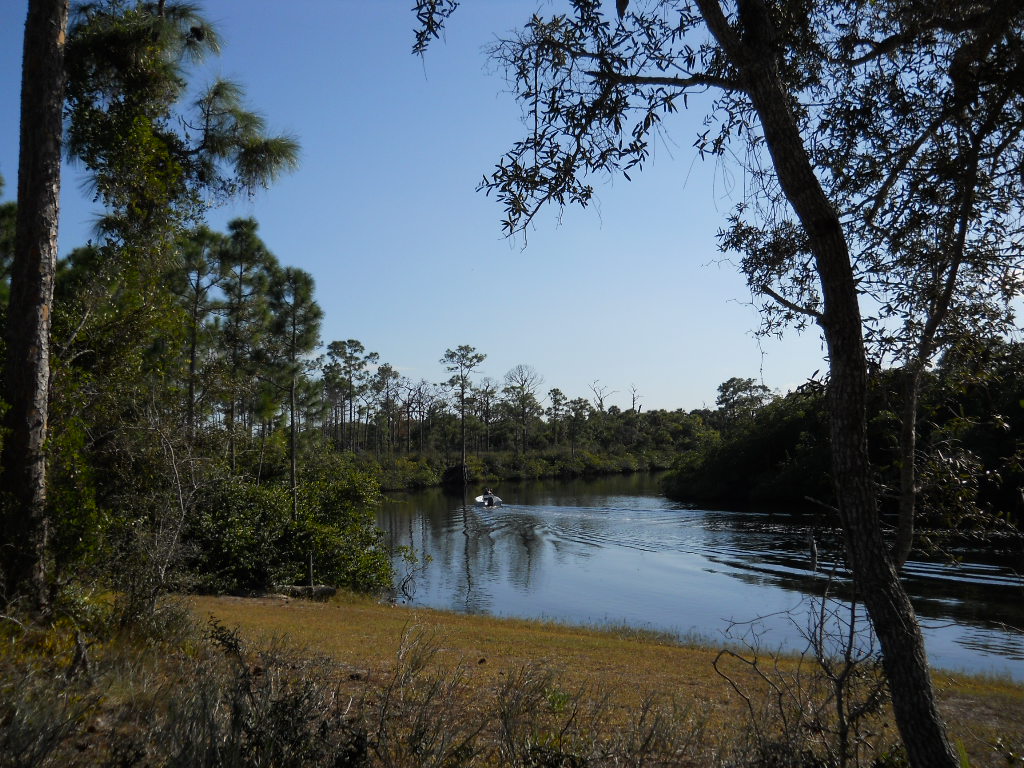
The Loxahatchee River can be found in Southeast Florida and plays a vital role for local bullshark populations. With the river being close to the Atlantic Ocean, young bullsharks have been monitored swimming in the river, moving from brackish and saltwater conditions.
The river also houses a wide variety of habitats and ecosystems, perfect for growing bullsharks to feed off of.
Caloosahatchee River

The Caloosahatchee River forms in Lake Okeechobee and runs all the way down to the Gulf of Mexico. It is another river where bull sharks can be commonly found, and juveniles use it as a nursery.
Their migration patterns up and down the river depend on tides, salinity levels, and temperature. They have even been found far upriver away from saltwater, highlighting how adaptable the species is.
Mobile Bay, Alabama

Alabama houses Mobile Bay and the rivers that are connected and run inland. The warm waters and prey variety make it perfect for bull sharks. According to the Alabama Department of Conservation, their population has rapidly increased by five times.
Generally juveniles are seen more than older sharks, as the estuaries make a perfect nursery.
York River

The Virginia Institute of Marine Science notes that the York River, a tributary of the Chesapeake Bay, is a habitat where sandbar sharks like to dwell due to the unique water conditions.
The brackish waters of the tributary mean that juveniles use it as a nursery, usually keeping it in proximity to the mouth of the river. While they do not travel that far inland, they do appear seasonally.
Everglades, Florida

The Florida Everglades has many rivers and estuaries that are the perfect environment for bull sharks, blacktip, and lemon sharks, according to Florida Fish and Wildlife Conservation Commission. They all use the region as a nursery, migrating to it to have their young.
While all three species are found within the Everglades, the most common sighting is the versatile bull shark. They help to maintain a balanced ecosystem, playing the role of an apex predator.
Rappahannock River
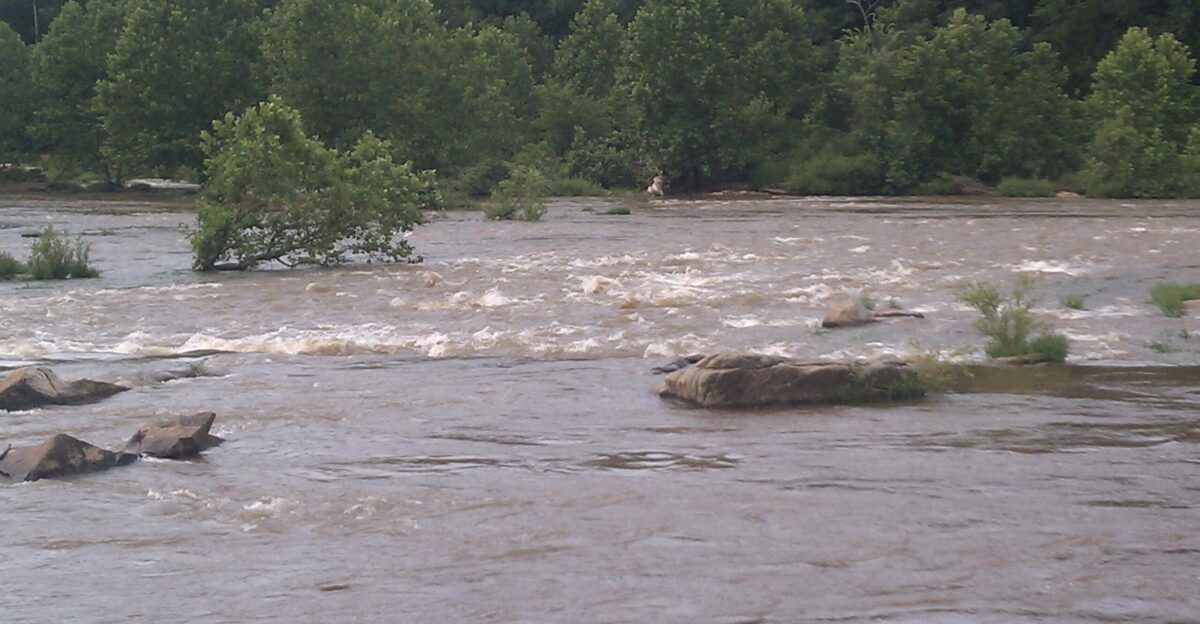
The Rappahannock River is well known for its oyster reefs. These reefs act as a natural filter for the water and create perfect conditions for juvenile sandbar sharks, which use the river as part of their broader use of the Chesapeake Bay.
“Rappahannock” comes from the Algonquian word for “quick-rising” and has been an important river for indigenous groups for a long time.
Indian River Lagoon

The Indian River Lagoon’s waters house bioluminescent plankton, and in summer, the organisms can make the waters glow.
Smithsonian Magazine and the Florida Museum of Natural History report that the river lagoon is one of the most biodiverse estuaries in North America, housing more than 4,000 species, which are important for lemon sharks to feed on. They can be prominently found where the lagoon meets the Atlantic Ocean.
Charlotte Harbor

On Florida’s Gulf Coast is a large estuary called Charlotte Harbor. The many river mouths that feed into the harbor are where a variety of sharks can be found, including lemon, blacktip, and bonnethead sharks.
The estuary provides important shelter, brackish conditions, and ample prey on which to feed, which is essential for young sharks’ survival.
St. Lucie River

The St. Lucie River connects to the Indian River Lagoon, and two species of shark, the lemon and bonnethead, live in its waters, according to the Florida Fish and Wildlife Conservation Commission.
Like many other rivers on this list, the St. Lucie River is a vital nursery for these species and can commonly be found near its mouth, which feeds into the ocean.
Susquehanna River

Bull sharks migrate during the summer months and live in and around Chesapeake bay and it’s surroundings. While sightings are rare they have been spotted in the river mouth of the Susquehanna River.
Juvenile bull sharks use Chesapeake Bay for shelter and food while they are growing up, before heading out into the open ocean.







